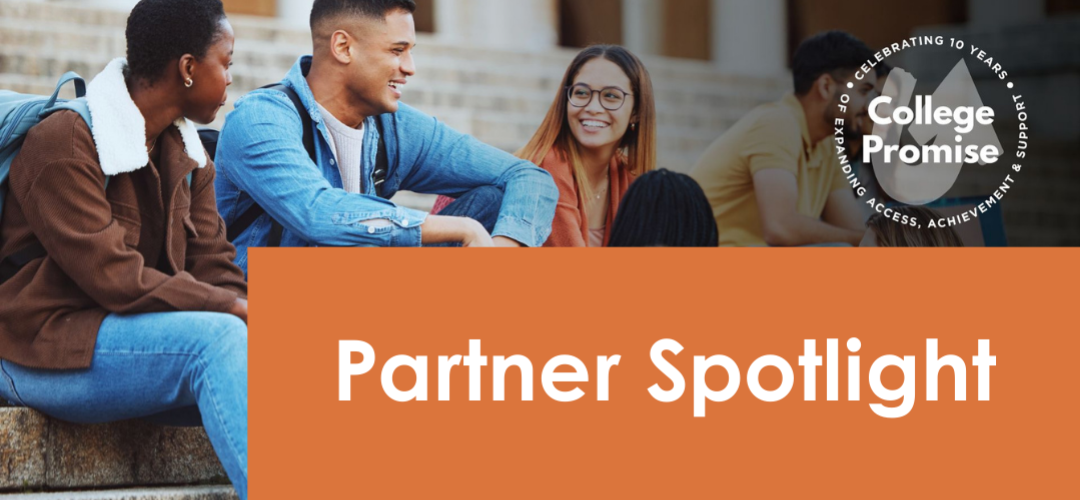Partner Spotlight: College Promise
December 12, 2024
Student debt in the U.S. has become a defining challenge of young professionals today. Once a pathway to opportunity, higher education now leaves many burdened with $1.727 trillion in debt—surpassing credit card and auto loans combined according to Education Data Initiative.
College Promise offers a way forward—reimagining access and affordability to ensure higher education is a driver of opportunity instead of unmanageable debt.
Recognizing the daunting challenges students – particularly those who come from low-income and first-generation backgrounds – face when they apply to college, College Promise asked a simple question. What if college were as free, universal, and accessible as high school?
“Tell me, what family is going to afford $320,000 to be able to pay for their child’s – or themselves – college-going education if they’re lucky enough to get into (Massachusetts Institute of Technology)?” Martha Kanter, College Promise’s CEO, said in an interview with Lillian W. Chege, Senior Advisor, Rockefeller Philanthropy Advisors (RPA). “If they are a low-income student from a poor family in the community, that’s not going to happen unless they get a full scholarship.”
Kanter said College Promise has changed the trajectory for millions of families as it funds college education for those who might not otherwise be able to afford it. In addition to providing accessible to affordable education for these millions of families, College Promise has supported the growth of local and statewide programs to support students and revolutionized the Promise Program database by releasing the MyPromise tool, the first student-centric, comprehensive, searchable database of Promise programs in every state. College Promise is currently tracking more than 440 Promise programs serving students and their families across all 50 states.
In a world where lifetime earnings are directly tied to education levels, Kanter said, it’s imperative we give all students this opportunity rather than just the privileged, affluent few. It’s philanthropy that must fill in the gaps, she added.
“’I’d love to see more partnerships among foundations. So you could really make the larger investments, long-term investments, and have a research component at the beginning. You’re studying outcomes. You’re looking at ways that the best practices can be infused. You’re looking at what the failures are with students,” Kanter said.
The stakes are high: the future of our communities and the opportunities available to the next generation depend on bold solutions.
Back to News